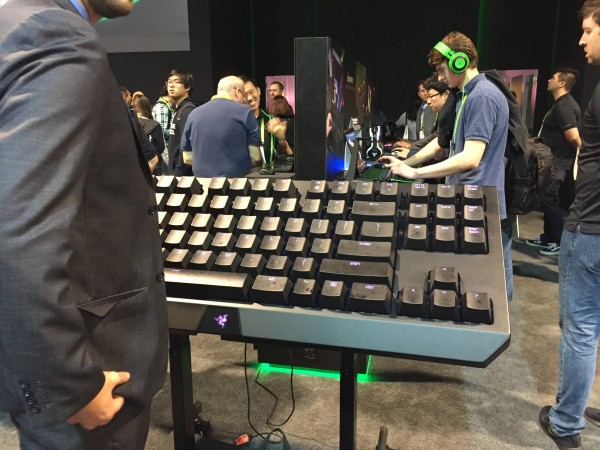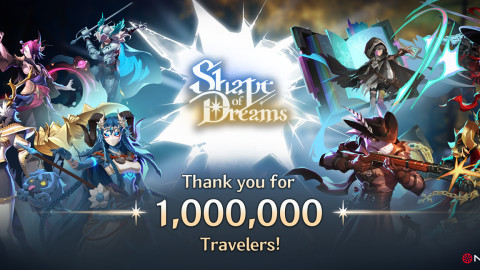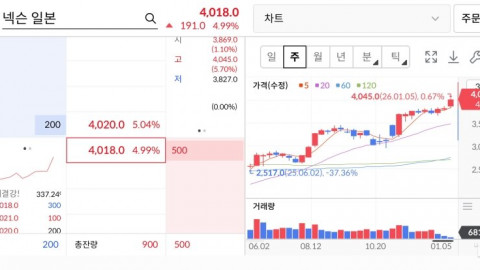
Torrential rains greeted attendees to the 2018 Consumer Electronics Show in Las Vegas. If only there had been as much torrential innovation on display for the gaming community. But alas it was very much ‘more of the same’ from C ES 2017. There was, however, some intriguing new technology of potential interest to the gaming community.
Virtual Reality headsets dominated the Gaming Technology exhibition area bordering on a plethora of new – and cheaper - VR headsets. This despite the fact Oculus Rift and HTC Vive have been available now for almost two years, albeit without stellar sales numbers.
The big news, hope, and anticipation concerns the advent of standalone VR headsets, meaning they don’t need to be linked to a PC or powered by your cellphone. It is hoped this added freedom will jump-start VR sales by allowing for even greater game immersion. Most of these demos, however, lacked engaging content, focusing instead on ease of use.

There were even more companies promoting Augmented Reality (AR) apps and glasses, but the emphasis was overwhelming on education, training, and repair. Very few addressed AR for gaming.
An intriguing technology of potential interest to the Esports community was Swedish company, Tobii’s wearable eye-tracking system. While promoted for “real-world research” Tobii is quick to point out the benefits of this eye tracking data for trainers, coaches, and players.
Few question that eye movements directly affect sports performance, regardless of the sport. The logic is that by comprehending how players perceive in-game surroundings, performance can be tangibly enhanced, especially in team sports. By comparing the visual strategies of expert Esports athletes to novices, trainers and coaches can understand expert player gaze patterns for the purpose of improving novice player performance. Such data should, they reason, cut training time, predict where injuries might occur, and thereby create and institute proper training programs to mitigate them.

The demo I experienced affirmed the accuracy of Tobii’s eye tracking system, though recalibration occurred three times. Still, it remains to be seen if this unique data stream will be instituted in Esports training regimens.
For the third year in a row, 3D rudder received an innovation award for its newest version of its feet controlled VR controller. Compatible with HTC Vive, Oculus Rift, and Windows Mixed Reality headsets, 3D Rudder does add benefit to the VR experience in a variety of ways: it frees up your hands; it is largely intuitive; and it enhances immersion. The flight demo was convincing, but it remains to be seen whether this peripheral finally catches on with the VR gaming demographic.
Perhaps the most bizarre gaming tech to appear this year was the electric virtual reality suit. This is a full body suit that can simulate pain and pressure all over the body. Perhaps its most positive asset is that it simulates being shot, shooting, and other reactions associated normally with haptics. Though designed specifically for VR games, it is easy to imagine more nefarious uses for such a strange fashion statement. I for one decided not to experience such pain.
Sort by:
Comments :1
-
0
level 1 steve7876
I think 3D rudder is one of the biggest innovations in technology and Not one country This innovation https://www.sednainc.com/ is being liked all over the world. I really like it and






